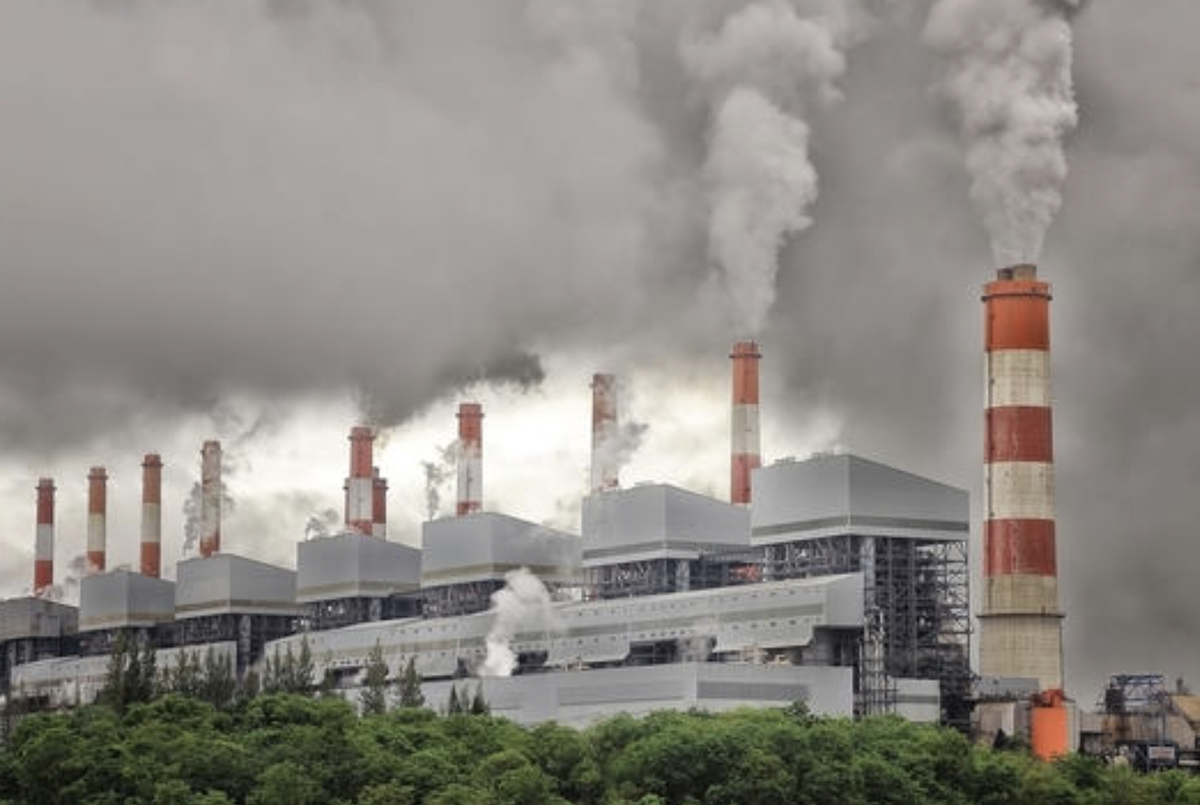
Air pollution is not a “new” problem. In fact, the problem itself has snowballed out of control, especially in Pascagoula, Mississippi. Back in 1990, the Clean Air Act mandated how the Environmental Protection Agency (EPA) would regulate air pollution. Unfortunately, the monitoring methods had their flaws – they were crude, expensive, and limited. These limitations led the EPA to allow facilities to estimate emissions instead of enforcing strict measurements.
The EPA passed the responsibility to the state-level to enforce rules through air permits, setting limits on the amount of chemicals companies could release into the air. Even with the infinite advances in technology, most of these permits solely rely on self-reported data that is often outdated, incomplete, and inaccurate. Rarely do these regulators ever check to see if what gets reported matches the actual emissions.
Table of Contents
The Dust Settles in Pascagoula, Mississippi
Most people tend to fear crime in their neighborhood, not that the air they breathe may send them to an early grave. For years now, residents of Pascagoula, Mississippi, have witnessed what happens when the dust literally settles – in the form of a think black layer and increased health problems.
Lifelong residents of the area, like Melissa Ellington, have has always enjoyed being outdoors, but as the years have progressed, this has become harder for her to enjoy. “Since I was about 7 or 8 years old, I’ve had headaches, migraines, and headaches. I’ll be 30 in May, so they didn’t just start from nowhere. I’m pretty sure it’s from what’s in the air down here.”
In the area, there are many different industrial facilities along Bayou Casotte. One of the companies, in particular, Mississippi Phosphates, a fertilizer manufacturer, was questioned about a foul-smelling metallic gas odor and a “billowing yellowish-white cloud” near the factory. They responded, saying that it was nothing but steam (more than likely).
What Could Be Done?
There are measures that could be implemented, like installing air monitors in communities like Pascagoula to ensure air quality. The reason that this is not done is because of the lack of federal requirement to do so.
A ProPublica analysis shows that there are over 1000 “hotspots” that potentially affect 250,000 people living within those areas. These people could be at risk for serious health problems up to and including premature death. The EPA only has 26 monitoring facilities across the country, only spending around $5 million per year.
A former EPA regional officer stated that there are no environmental cops “on the beat,” and with no one covering the areas, it is next to impossible to enforce anything.
Get Yourself a Mask
A face mask is not going to solve the long-term effects that Pascagoula is currently experiencing – however, it can limit the number of new exposures (there and across the country). Face masks became increasingly popular across the US during the COVID-19 pandemic, but the benefits of using them go beyond just blocking out the virus. They often block out fine particulates like PM2.5, as well. If you want to find yourself feeling better about stepping outside, especially if the air quality is poor – put on an air filtration mask.